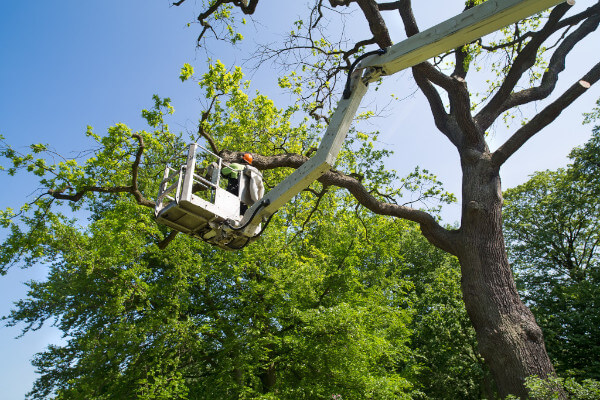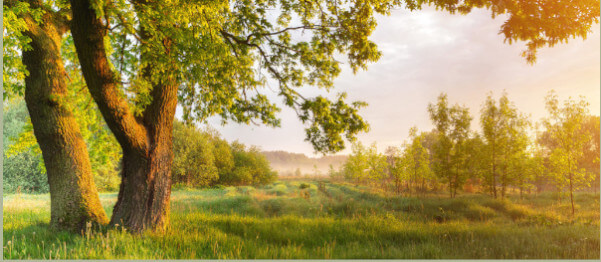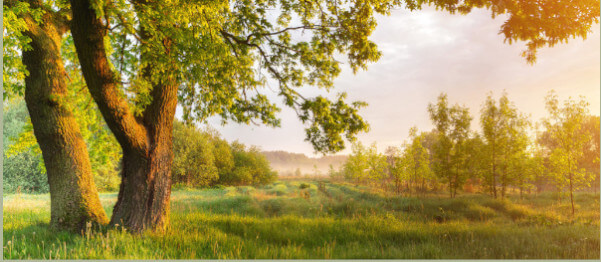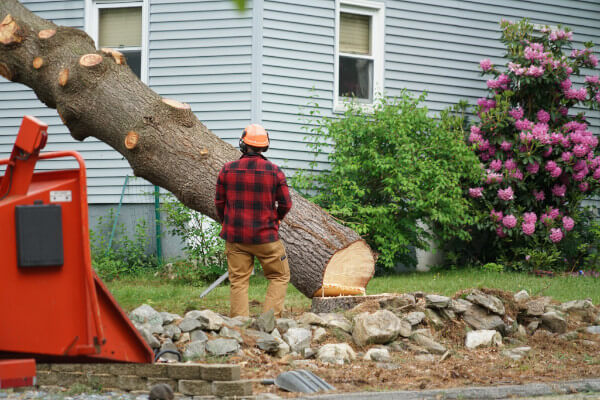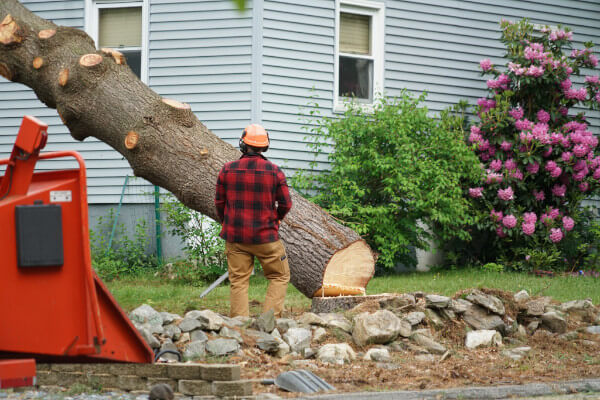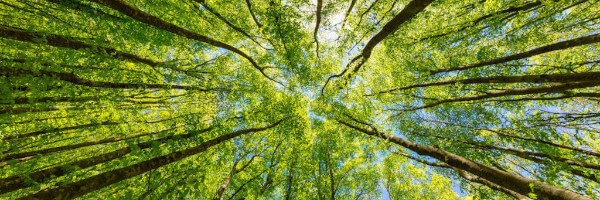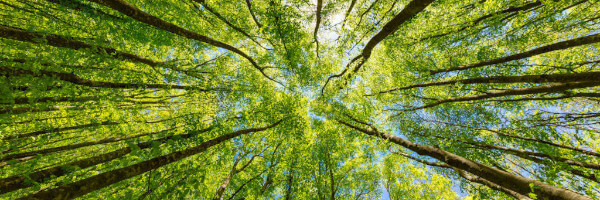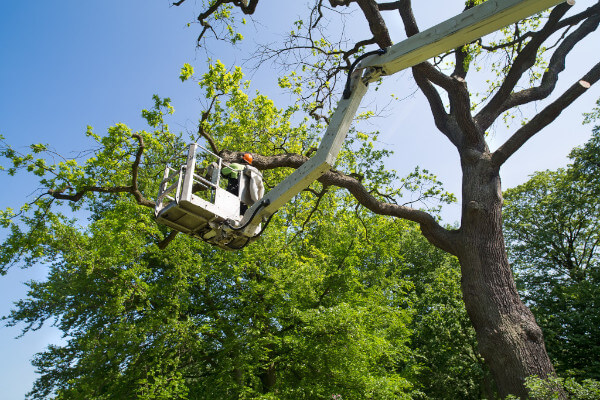
7 Signs You Need to Call a Tree Surgeon!
What if it was already too late for your favourite tree?
A good tree surgeon can help you take care of your trees and make sure that your garden looks amazing. Unfortunately, many homeowners do not know they need to call a professional until it is way too late.
To protect your trees, you need to properly understand the warning signs. Keep reading to discover the seven signs that it is time to call a tree surgeon!
1. Dead Branches
If you are wondering whether you need to call a tree surgeon or not, then you are probably driven by a simple question. How, exactly, can you tell if one of your trees is dying?
One of the biggest warning signs of a dying tree is dead branches. A dead or dying branch will typically have a different colour than a healthy tree or branch. And it may have difficulty holding its shape.
If you are still not sure, there is a quick way to check. Pluck a small stick from the tree or a branch and then break it in two. Healthy branches will be hard to break and will have green on the inside.
2. Damage to the Roots
Another major warning sign that a tree is in danger is when there is damage to the roots. While it is true that you cannot see most of a tree’s roots, there are still a few tell-tale surface signs that let you know whether the roots are damaged.
By far, the biggest sign of root damage is when you see wilting on the tree. This is evidence that the tree is not getting enough nutrients to keep it healthy. It means that for some reason, the roots are no longer able to get what they need from the ground.
When you see wilting, it is worth calling a reliable tree surgeon. They can help to inspect for root damage and, if needed, assist with safely removing the tree.
3. Leaning Tree
A leaning tree can be another sign that the tree is dying. However, some degree of lean is perfectly natural. But if a tree is leaning much more than usual, or seems to be leaning more than 15 degrees, then you might have a problem.
Leaning trees are typically another sign of damage to your roots. And, more importantly, a leaning tree may be in danger of falling over and causing serious damage to your home or other property.
At some point, the tree may be damaged beyond repair. Be sure to call a reliable tree surgeon to see if the tree can be salvaged or needs to be removed.
4. Overgrown Branches
Earlier, we discussed how dead branches are a tell-tale sign of a dead or dying tree. Another major sign to watch out for is overgrown branches.
This usually occurs when trees are planted too close to one another. Over time, the branches grow over each other. This can cause friction that leads to rot, and then the rot may place both trees in danger.
Even if the rot does not get these trees, the overgrown branches may start to affect how much water and sunlight the trees get. You are best off at this point calling a tree surgeon and seeing if they can save the trees with professional pruning or take other measures as needed.
5. Few Leaves
Some of the warning signs on this list are milder than others. For example, a tree that seems to be lacking leaves is a major sign that you should take seriously. At the same time, you can usually fix this problem easily enough without losing the entire tree.
At times, a lack of leaves may simply be due to the weather. Changes in temperature or abundant rain may affect how many leaves you see on the tree. Other times, this could be a sign that hidden pests or even diseases are causing damage to your tree.
The season also matters. A lack of leaves is expected around Fall or Winter. But if you are seeing this in Spring or Summer, then the tree is likely experiencing problems and will need to be inspected by a professional tree surgeon.
6. Large Crown
It seems like common sense that you may need to cut a tree down if it gets too big. But do you know how to recognize when the tree has reached such a state?
The most reliable indicator is the size of the tree crown. If you do not already know, the crown is the top part of the tree (counting things like trunk, branches, and leaves).
How can you know if the crown is getting too big? If the tree is starting to block sunlight in areas that it previously had not (such as your garden), then it may be getting a bit too big for your yard. At this point, it is time to call a tree surgeon about pruning options or removal.
7. Roots Affecting Pipes or Home
We previously discussed how damaged roots are a good indicator that you need to call a tree surgeon. But another root issue is more obvious: when roots are digging into your pipes or even into your home!
This is quite natural. In its quest to seek out nutrients, the tree has sent its roots into your pipes and your home.
The good news is that you can deal with these roots without killing the tree. But it is going to take a skilled tree surgeon to preserve the tree and also keep your home safe.
Calling a Tree Surgeon: What’s Next?
Now you know the different warning signs to call a tree surgeon. But do you know which surgeon you can rely on?
We specialize in tree surgery as well as pruning, felling, planting, and so much more. To see what we can do for you and your trees, contact us today!
Article was written by Conner D.
Article Source: https://www.graftingardeners.co.uk/call-a-tree-surgeon/
